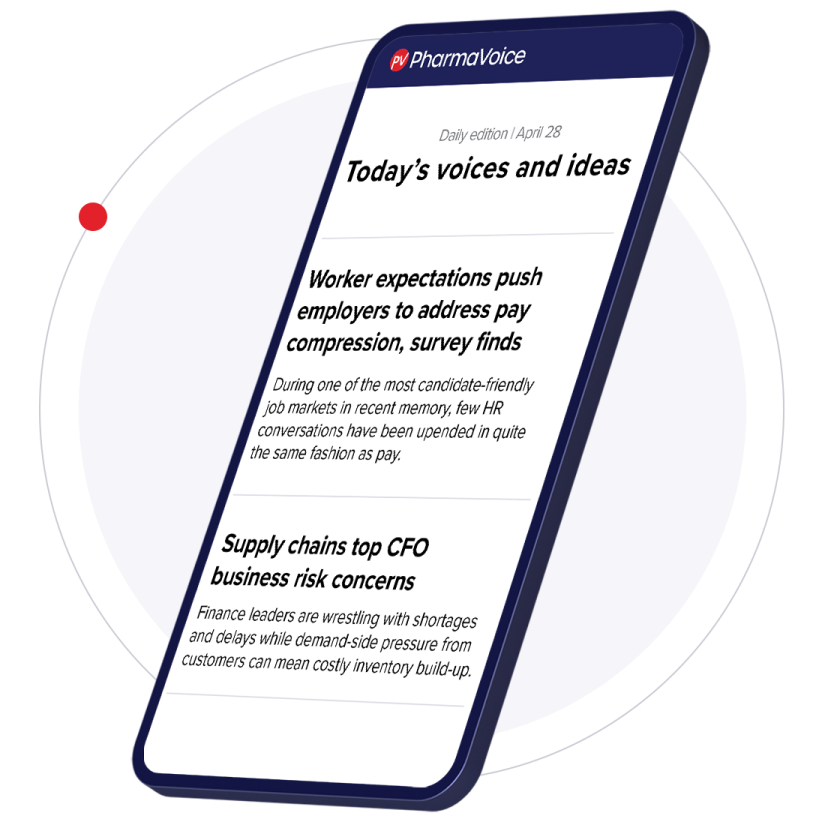In a TV ad, a doctor hands a patient event tickets, sending him whale-watching first, and then to a football game and a nature park with his grandchildren. While the images in the ad for a heart drug may seem appealing, the FDA’s Center for Drug Evaluation and Research called them “false or misleading.”
For example, in a letter to drugmaker Alnylam Pharmaceuticals, CDER said the ad doesn’t accurately reflect typical outcomes that a person taking Amvuttra, a drug for a rare and serious heart condition, could expect based on clinical trials. The agency requested the company take corrective action.
The Alnylam letter was just one of several enforcement actions announced by the FDA this month as part of a broad initiative to shield patients from what officials deem inaccurate DTC advertising. The FDA said it would issue thousands of letters calling on companies to address the issue, including approximately 100 cease-and-desist letters.
The three-pronged approach will bring pharma advertising in line with much of the world where it’s prohibited, and with a pre-1997 standard in the U.S.. That year, the FDA adopted a policy of “adequate provision,” which allowed companies to list only major side effects of a drug and refer patients to a secondary site to find the rest. Now they’re required to list them all.
The FDA also plans to ramp up enforcement of existing DTC marketing rules, an area where it says oversight has grown lax. It will also broaden scrutiny to include social media.
FDA Commissioner Dr. Martin Makary wrote in JAMA that pharma spending on advertising has exploded by “nearly 800%” since 1997. Drug ads, he argued, are driving demand for medications that may not be appropriate for the patients requesting them from doctors.
Pharma companies agree with the intent of the effort, said Jon Roffman, head of global biopharma at ZS Associates, a consulting and technology firm.
“We think it is quite aligned with what pharma manufacturers are trying to do, which is ensure that the information, particularly from a DTC perspective, is fair, balanced, and enables patients and their healthcare providers to make the best decisions about products,” he said.
Renewed enforcement
Requiring companies to fully list drug side effects could present a sizable hurdle for TV ads. Roffman estimates that TV ads represent about more than half of pharma’s overall DTC advertising budget.
Prior to the change, advertisers could offer a truncated list of only the most serious side effects, which saved time and spared viewers some monotony. Roffman estimates that including all safety information could extend ads by four or five minutes, driving up costs and tanking viewer engagement. Unless the FDA is willing to work with companies on a less cumbersome approach, pharma companies might start to move away from TV and explore other ways to reach consumers, Roffman said.
Drugmakers aren’t likely to abandon DTC, though, which has a proven track record. Studies have shown that people who see ads for statin drugs are 16% to 20% more likely to be diagnosed with high cholesterol than those who haven’t encountered them, Roffman said.
“We see something like that and we say, that’s great because people who would otherwise not be diagnosed are getting information they need, and DTC is having a positive impact,” he noted.
Rethinking pharma’s old ways
In an era of increased enforcement, companies will need to ensure that ad content accurately represents their products, because noncompliance could be costly. While it’s not entirely clear what enforcement will look like, past actions offer a warning.
“Companies have been stuck historically with huge fines for promoting drugs off-label or doing things of that nature that run afoul of the guidelines,” Roffman said.
To avoid potential problems, companies should start by assessing their current DTC ad landscape and determining how well it aligns with guidelines. Next, companies need to determine where changes are needed.
“Do we need to recut certain creative pieces? Do we need to change some of our operating procedures to make sure that we are including the right safety information, or that we are not creating a visual that is going to be problematic?” Roffman posited.
Longer term, companies will need to adapt to the standards and potentially find new ways to reach consumers. They should also plan for various enforcement scenarios so they’re not caught off guard.
“I would expect to see more innovation,” Roffman said.
For example, companies might opt for unbranded ads focusing on a disease or condition without directly promoting their product. They might also try to reach customers on newer platforms, including social media or telehealth avenues.
“The overarching message is that now more than ever it’s critical for pharma companies to be nimble, agile and ready to adapt as things are changing,” he said.

















